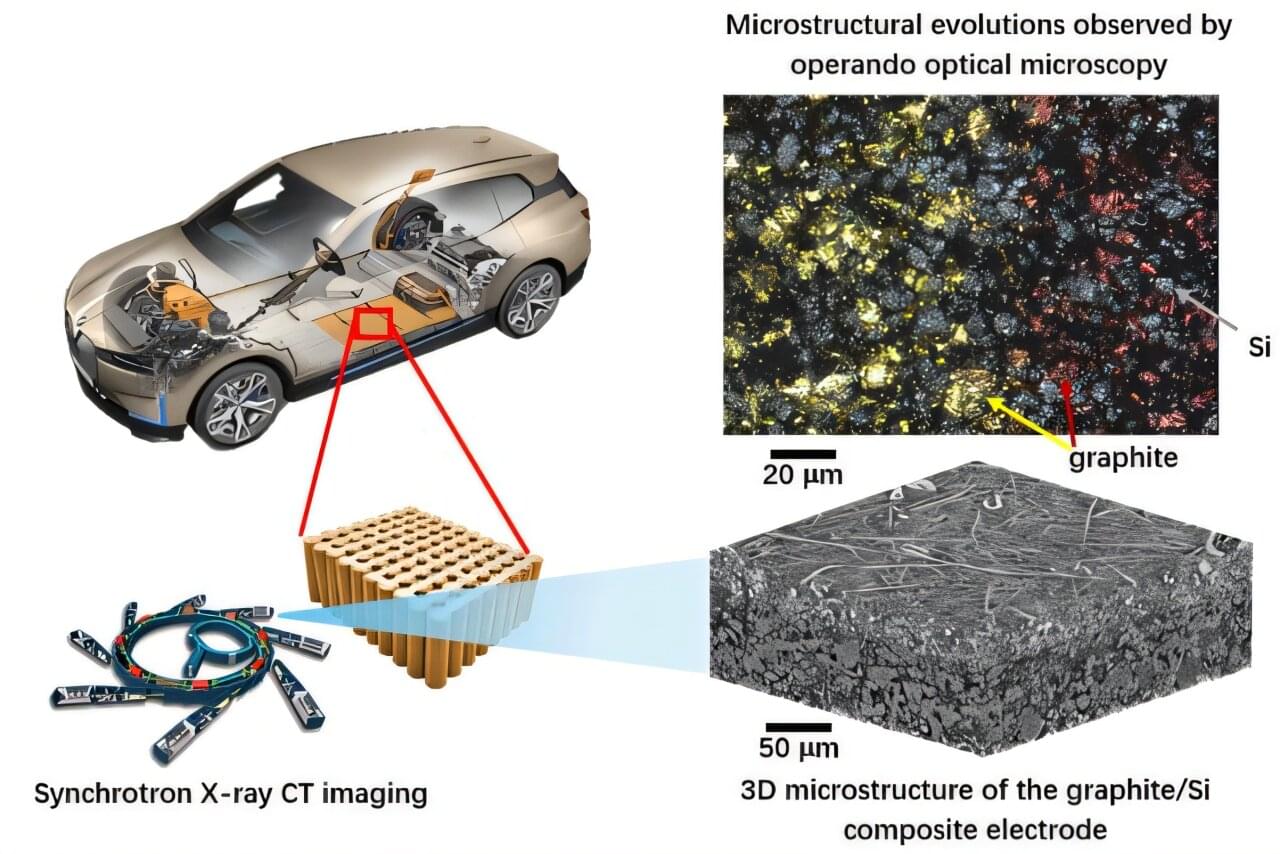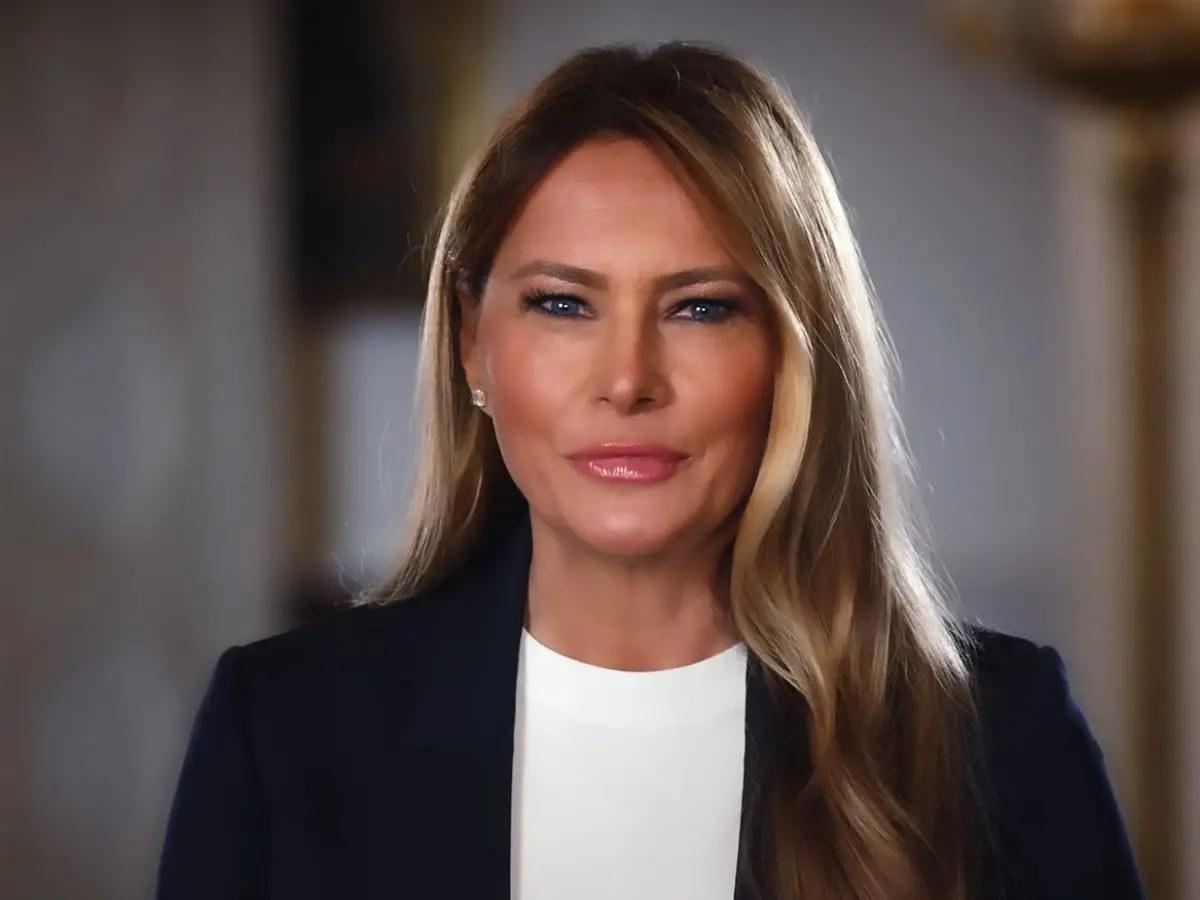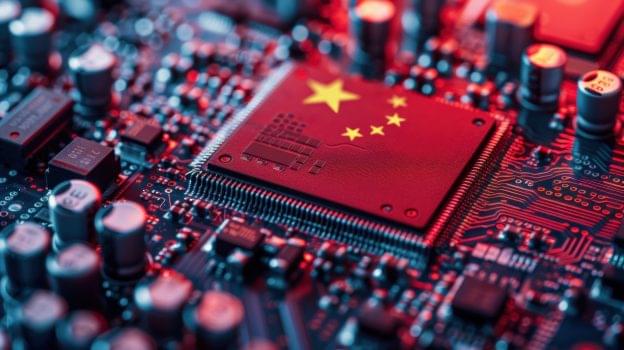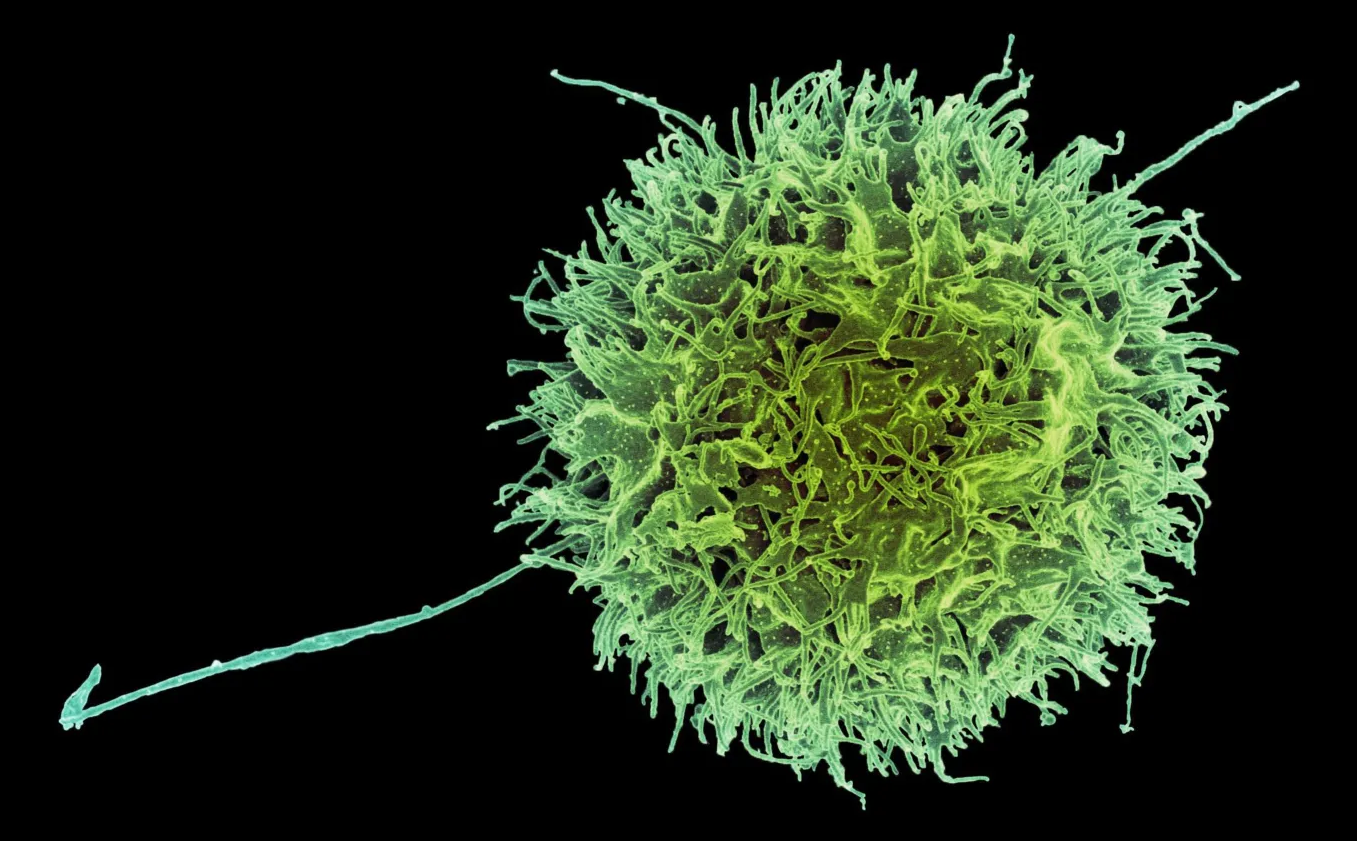New research, led by Queen Mary University of London, demonstrates that a double-layer electrode design, guided by fundamental science through operando imaging, shows remarkable improvements in the cyclic stability and fast-charging performance of automotive batteries, with strong potential to reduce costs by 20–30%.
The research, published today in Nature Nanotechnology, was led by Dr. Xuekun Lu, Senior Lecturer in Green Energy at Queen Mary University of London.
In the study, the researchers introduce an evidence-guided double-layer design for silicon-based composite electrodes to tackle key challenges in the Si-based electrode — a breakthrough with strong potential for next-generation high-performance batteries.









